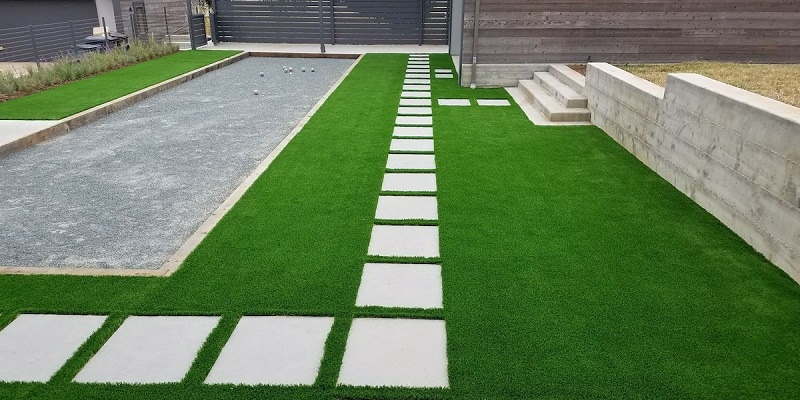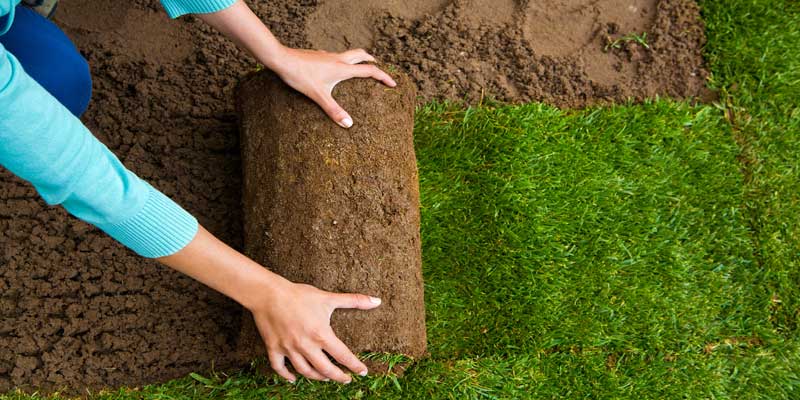
Whenever homeowners embark on a landscaping project for their garden, one of the biggest decisions they have to make involves their lawn. The decision entails deciding whether they wish to keep the lawn as it is, have a new grass lawn laid, or if they want to change everything completely and opt for an artificial lawn.
The third of those options often excites homeowners as they believe an artificial lawn means no more maintenance and that it will be completely hassle-free. Whilst an artificial lawn has many benefits, we have to dampen that misguided enthusiasm and advise that artificial lawns also have their downsides.
We are not going to dismiss artificial lawns as an option, nor are we trying to persuade you to stick with a natural lawn. However, we believe that every decision you make about your landscape design should be made with the full facts at your disposal. That is why we are going to highlight ten reasons why an artificial lawn might not be the answer. Ultimately, it is up to you to make your choice, but at least you can now do so fully informed.
Reason #1 – Low But Not No Maintenance: The myth that artificial turf requires no maintenance has to be exposed. Whilst it certainly requires less maintenance than natural grass, such as no lawn mowing or weeding, it still needs to be looked after if it is going to last an acceptable length of time. Examples include clearing it of leaves and debris, plus raking it occasionally can keep it looking good.

Most landscaping designs created for residential gardens have a lawn. Perhaps you have had a landscaper redesign your garden and turn it from an uninspiring area of your property into a stunning, naturally landscaped garden that is the talk of the neighbourhood. Landscaped gardens are impressive, but to keep them that way requires a fair amount of care and maintenance.
One area of landscaped gardens that requires more than its fair share of care and attention is the lawn. Apart from mowing it to stop it from overgrowing and spoiling your garden’s appearance, other tasks, such as feeding your lawn, are necessary. Unfortunately, there are some homeowners whose lawn requires more work than just routine maintenance that garden beds or garden pots require.
What we are talking about here are lawns that have specific problems, and thus remedial work to restore them is required. In most cases the problem faced will be one of the four most common that lawns suffer from. These are 1) Weeds, 2) Pests, 3) Diseases, and 4) Soil lacking nutrients. Let us take a look at each of these in more detail and how they can be remedied.
Weeds
There are some landscapers and gardeners who jokingly claim that Mother Nature was in a mood when she allowed weeds to be created, given how much harm they do and how much work they generate. Weeds invade lawns, just as they do flowerbeds and shrubberies, and cause the grass to have to compete for water, sunlight, and nutrients.